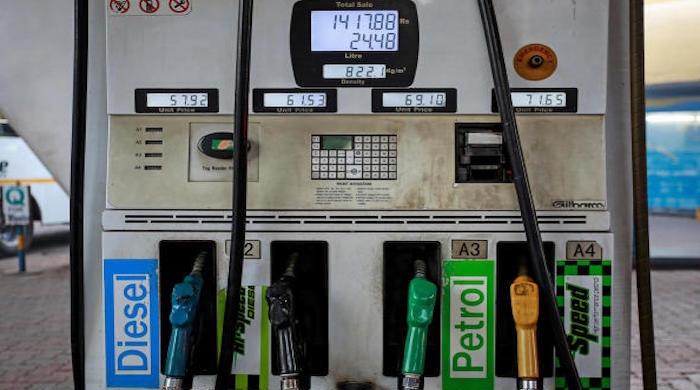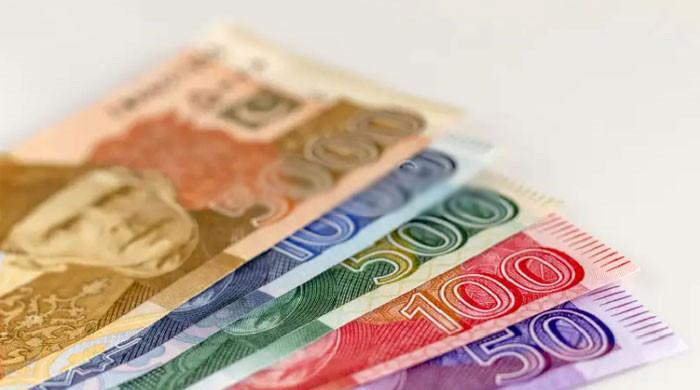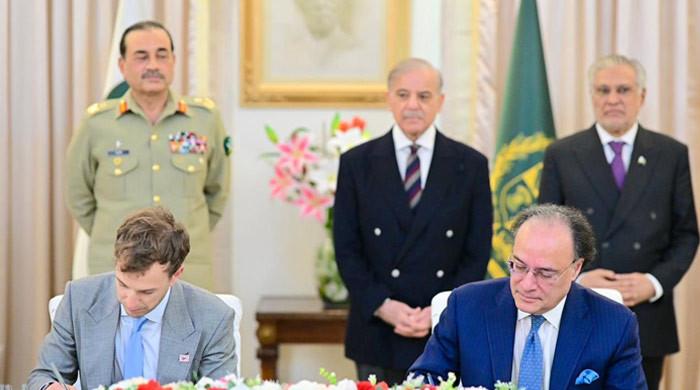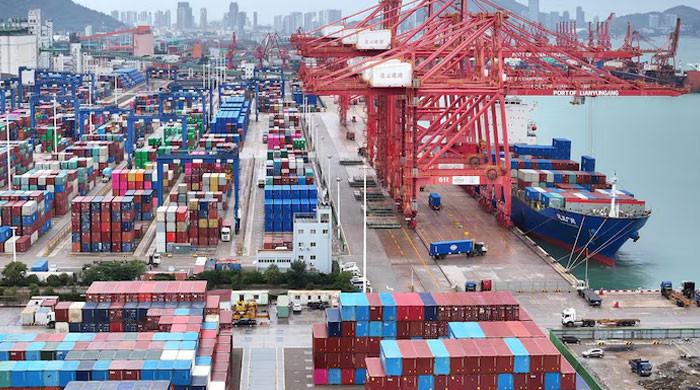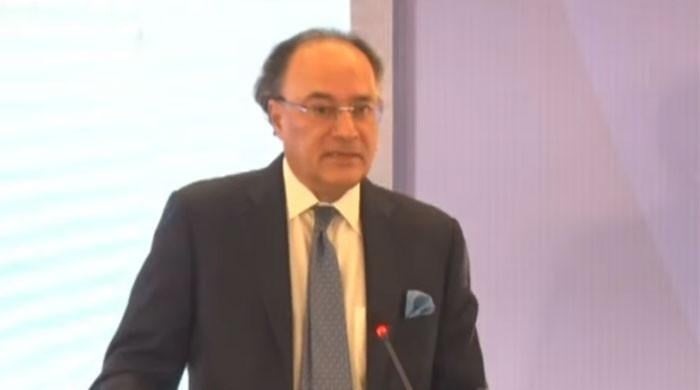6-month KIBOR hits a 13-year high at 14.1%
Arif Habib Limited data shows 14.1% is the highest since February 2009
April 27, 2022
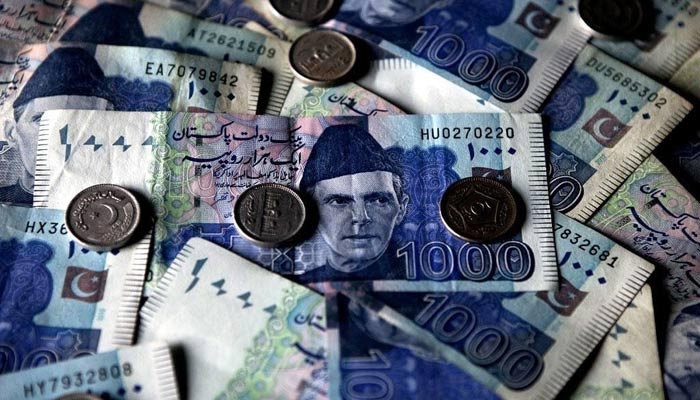
- During the FY22, the six-month KIBOR has jumped by 641bps.
- Arif Habib Limited data shows 14.1% is the highest since February 2009.
- Increase comes on back of rising risks of credit growth and economic contraction due to surging borrowing costs.
KARACHI: The six-month Karachi Inter-bank Offered Rate (KIBOR) — a benchmark for lending to consumers and businesses — touched a 13-year high amid rising risks of credit growth and economic contraction due to surging borrowing costs, The News reported Wednesday.
According to the State Bank of Pakistan (SBP) data, the KIBOR clocked in at 14.1%. This is the highest since February 2009, data from Arif Habib Limited showed.
During the ongoing fiscal year 2021-22, the six-month KIBOR has jumped by 641 basis points. It stood at 7.69% in the previous year ended on June 30, 2021.
The changes in KIBOR and thus the borrowing cost for consumers and businesses influence the decisions of the public to consume, save, or invest.
Taurus Securities Limited Head of Research Mustafa Mustansir said: “KIBOR is rising because of growing credit risk in the market, given the macroeconomic situation.”
“Expensive loans will definitely reduce demand for bank credit, especially in case of consumer loans, and loans to SMEs etc,” Mustansir added.
Read more: Pakistan sees outflow of $30.4m in FDI during March
Private sector credit growth was vital for economic growth, Mustansir said, adding that a slowdown in private sector lending should impact economic activity also.
The IMF forecasts Pakistan’s economic growth rate at 4% in the current fiscal year, lower than a 4.8% target set in the budget 2021-22.
Between July 1, 2021 and April 15, 2022, banks lent Rs1.197 trillion to the private sector. That compared with Rs397.8 billion in the same period last year, according to the central bank’s data.
The interbank lending rates are going up in tow with higher treasury bills yields as the central bank is strongly expected to increase interest rates further in the coming months amid stubbornly high inflation.
Read more: Petroleum bill swells by double in nine months
Treasury bills’ yields sharply rose on all tenors in the last auction held on April 20. The cut-off yield on the three-month T-bill increased 70 basis points (bps) to 13.5%. The yield on the six-month paper was 13.85%, up 60 basis points from the previous auction and the yield on the 12-month paper increased 55 basis points to 13.85%.
The increase in the T-bill rates is unlikely to attract investment from foreigners in the local currency debt securities. The rising dollar yields, weakening rupee, political uncertainty and deteriorating external sector don’t let foreign investors keep their investments high in the country’s fixed income market. However, the upward trend in the treasury bills’ yields indicates high and aggressive borrowing by the government to finance the rising budget deficit.
Arif Habib Limited Head of Research Tahir Abbas said: “The increase in KIBOR is mainly due to the inflationary outlook in the short-term.”
The resumption of the International Monetary Fund (IMF) programme would force the government to take tough measures including the removal of petroleum and electricity subsidies, which would significantly mount inflationary pressures, Abbas warned.
The IMF and Pakistan have agreed that prompt action is needed to reverse the unfunded subsidies, which have slowed down the discussions for the seventh review of the $6 billion EFF (Extended Fund Facility), according to the IMF’s latest statement. These measures mainly include the reversal of subsidies on power tariffs and fuel retail prices.
Read more: Pakistan makes headway as IMF agrees to give another $2b
Analysts expect the withdrawal of subsidies will raise CPI (Consumer Price Index) inflation to 14-15%, making a case for a 100-150 basis points hike in interest rates stronger at the next monetary policy review due on May 23.




